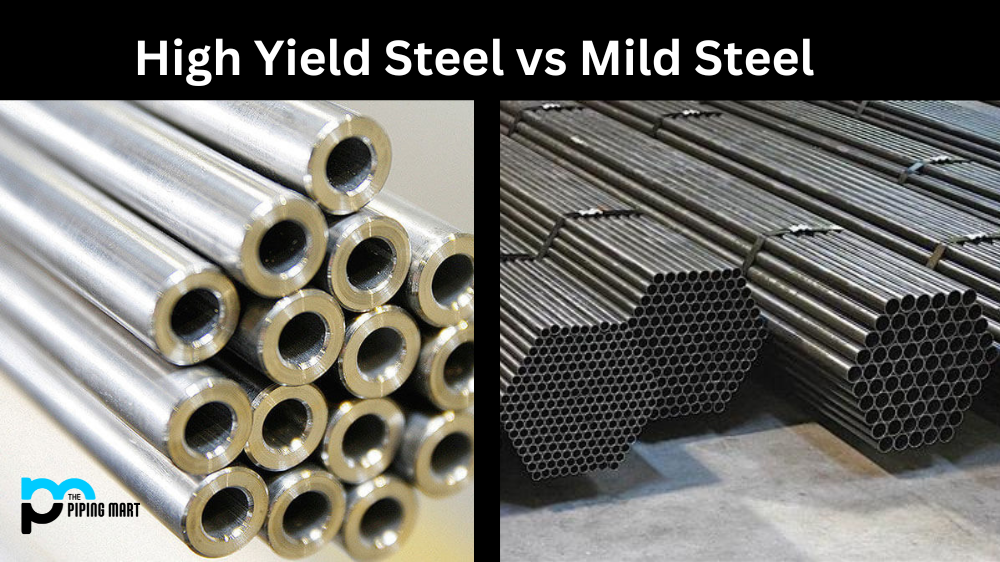Can you microwave stainless steel bowls? It’s a question that pops up surprisingly often, and the answer isn’t a simple yes or no. While stainless steel itself won’t melt or spark in a microwave, the experience can be far from ideal, and in some cases, even risky. This comprehensive guide will delve into the safety aspects of microwaving stainless steel bowls, exploring the science behind it and providing you with the knowledge to make informed decisions in your kitchen.
Understanding Microwaves and Metal
Before we tackle stainless steel specifically, let’s refresh our understanding of how microwaves work. Microwave ovens generate electromagnetic radiation that excites water molecules in food, causing them to vibrate and generate heat. This is why foods with higher water content heat up faster. Metal, on the other hand, reflects these microwaves. This reflection can cause several problems in a microwave environment.
Why Stainless Steel Bowls Aren’t Ideal for Microwaving
The reflective nature of stainless steel is the primary reason why using stainless steel bowls in a microwave is generally discouraged. Here’s a breakdown of the potential issues:
- Arcing and Sparking: The microwaves bouncing off the metal surface can create arcs or sparks. These aren’t just visually alarming; they can damage your microwave and potentially pose a fire hazard. The intensity of these arcs depends on factors like the thickness and composition of the stainless steel, as well as the power of your microwave.
- Uneven Heating: Even if arcing doesn’t occur, the reflection of microwaves can lead to uneven heating of your food. Some areas may remain cold while others overheat, leading to inconsistent cooking and potentially burnt spots.
- Hot Spots: The metal itself can become extremely hot, even if the food inside remains relatively cool. This is due to the concentration of reflected microwave energy in certain areas of the bowl.
- Potential for Burns: Touching a hot stainless steel bowl after microwaving it presents a significant risk of burns. This is especially true for thinner bowls, which heat up more quickly.
Types of Stainless Steel and Microwave Safety
It’s important to note that not all stainless steel is created equal. The thickness, alloy composition, and even the finish of the stainless steel bowl can influence its interaction with microwaves. Thicker, high-quality stainless steel might be less prone to arcing than thinner, cheaper varieties. However, this doesn’t negate the other risks associated with using stainless steel in a microwave.
Safer Alternatives for Microwaving

Thankfully, there are plenty of microwave-safe materials readily available. Opting for these alternatives is crucial for both safety and consistent cooking results:
- Microwave-Safe Glass: Glass is a non-reactive material that’s transparent to microwaves, allowing for even heating.
- Microwave-Safe Plastics: Many plastics are specifically designed for microwave use. Always check the packaging for a “microwave-safe” label.
- Ceramic: Ceramic bowls are generally safe for microwaving, but always verify the manufacturer’s recommendations.
Exceptions and Considerations

While generally not recommended, there might be extremely niche situations where you might *think* about using stainless steel in a microwave. For instance, some specialized stainless steel containers designed for commercial or industrial microwaving applications might exist. However, using any stainless steel container in a home microwave is generally unsafe and should be avoided.
Debunking Myths and Misconceptions

You might have heard claims that certain types of stainless steel are microwave-safe. These are largely unfounded. While the risk might be marginally reduced with thicker, higher-quality steel, the potential for arcing, uneven heating, and burns remains.
Conclusion: Prioritize Safety

The bottom line is this: while stainless steel bowls might seem like a convenient option, microwaving them presents significant safety risks. The potential for arcing, uneven heating, and burns makes it a practice to be avoided. Stick to microwave-safe materials such as glass, specific plastics, and ceramics for consistent, safe, and enjoyable microwave cooking.
Frequently Asked Questions (FAQs)
Q: Can I use a stainless steel bowl with a small amount of liquid inside?
A: No. Even a small amount of liquid won’t eliminate the risk of arcing or uneven heating.
Q: My stainless steel bowl is very thick. Is it safe?
A: Thickness offers some marginal improvement, but doesn’t eliminate the risks entirely. It’s still not recommended.
Q: What if I only microwave it for a short time?
A: Even short bursts pose risks. The potential for arcing and burns remains regardless of the heating time.
Q: Are there any stainless steel bowls specifically designed for microwaves?
A: While some specialized containers might exist for commercial uses, it’s highly unlikely to find such a product for home use. Avoid using stainless steel in your home microwave.




